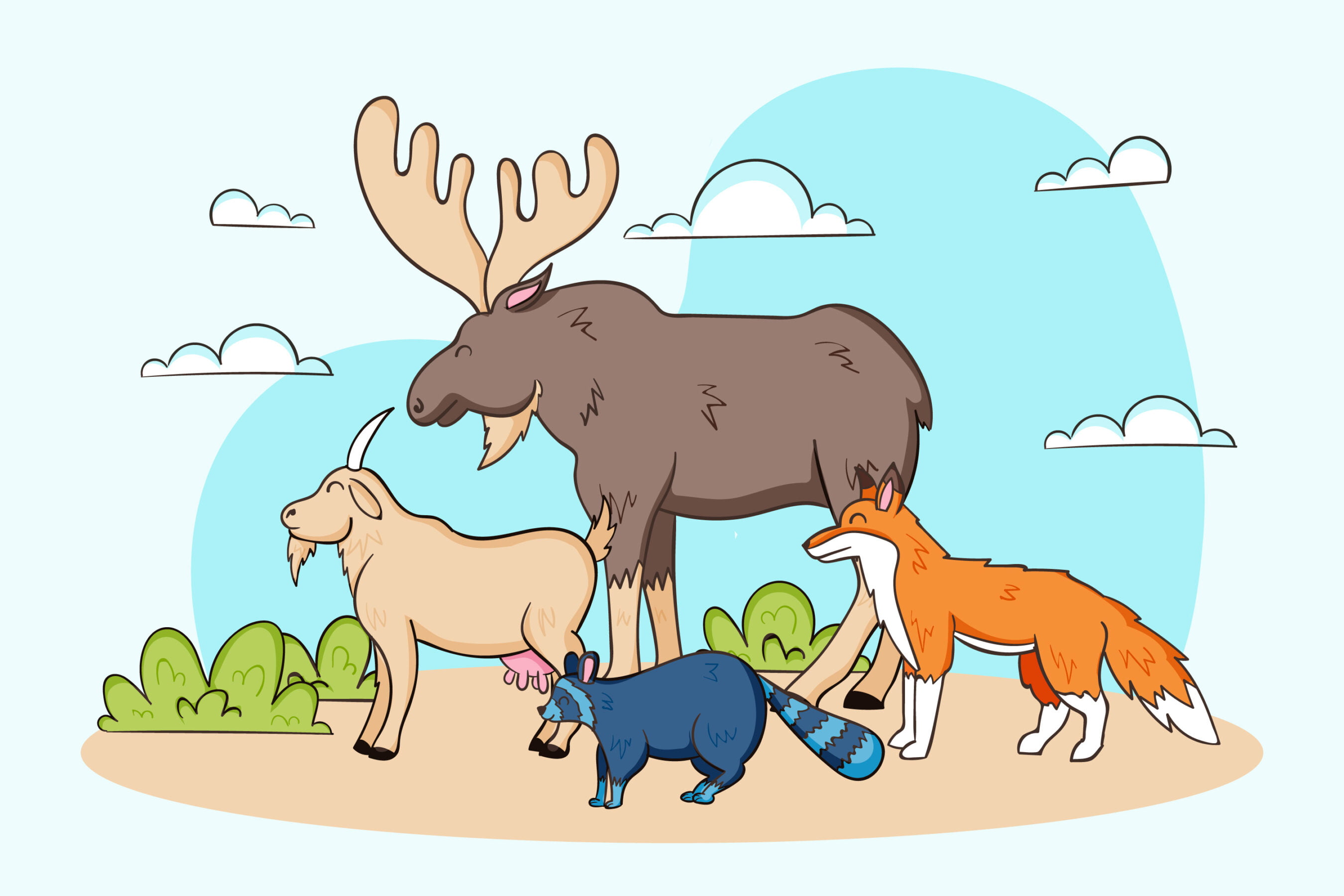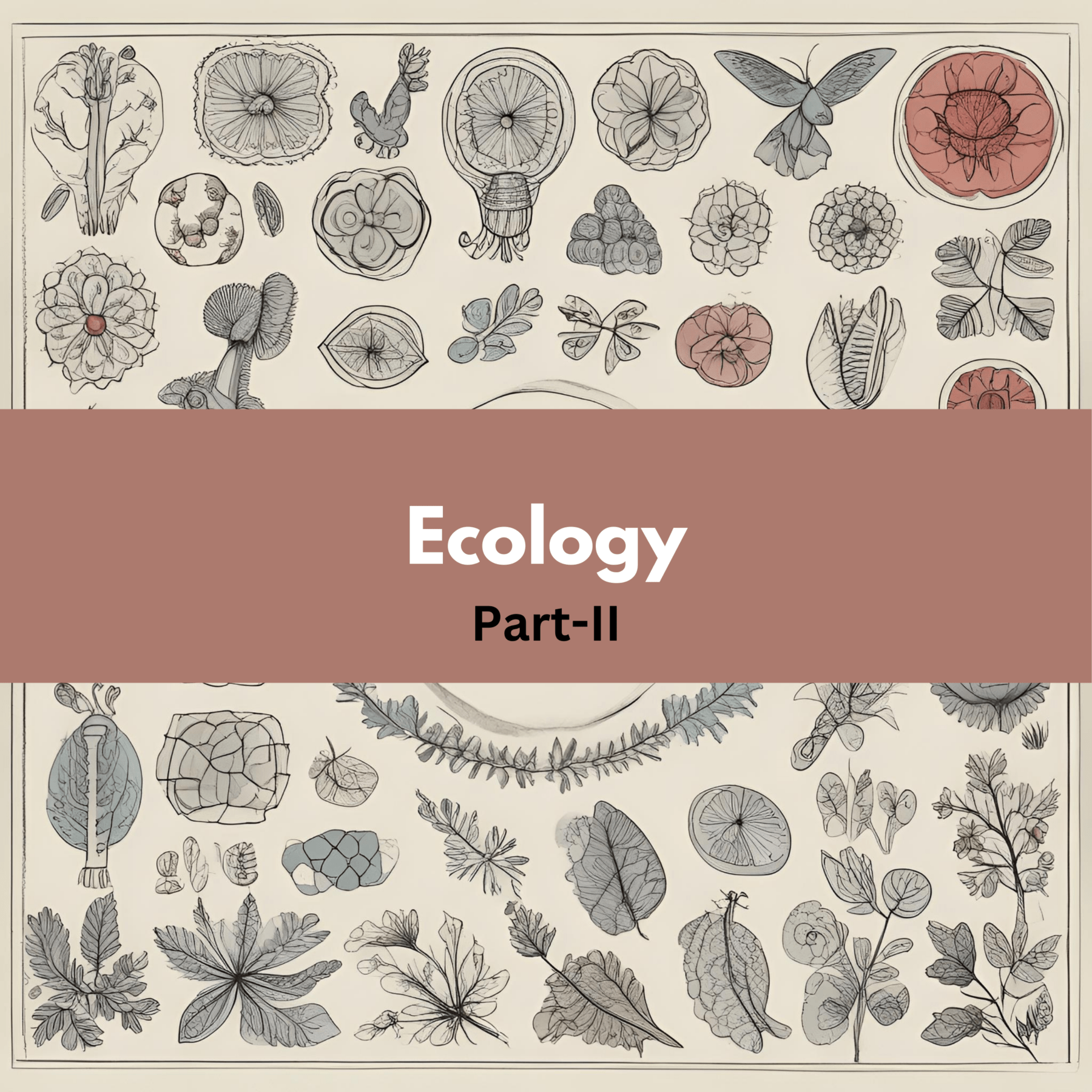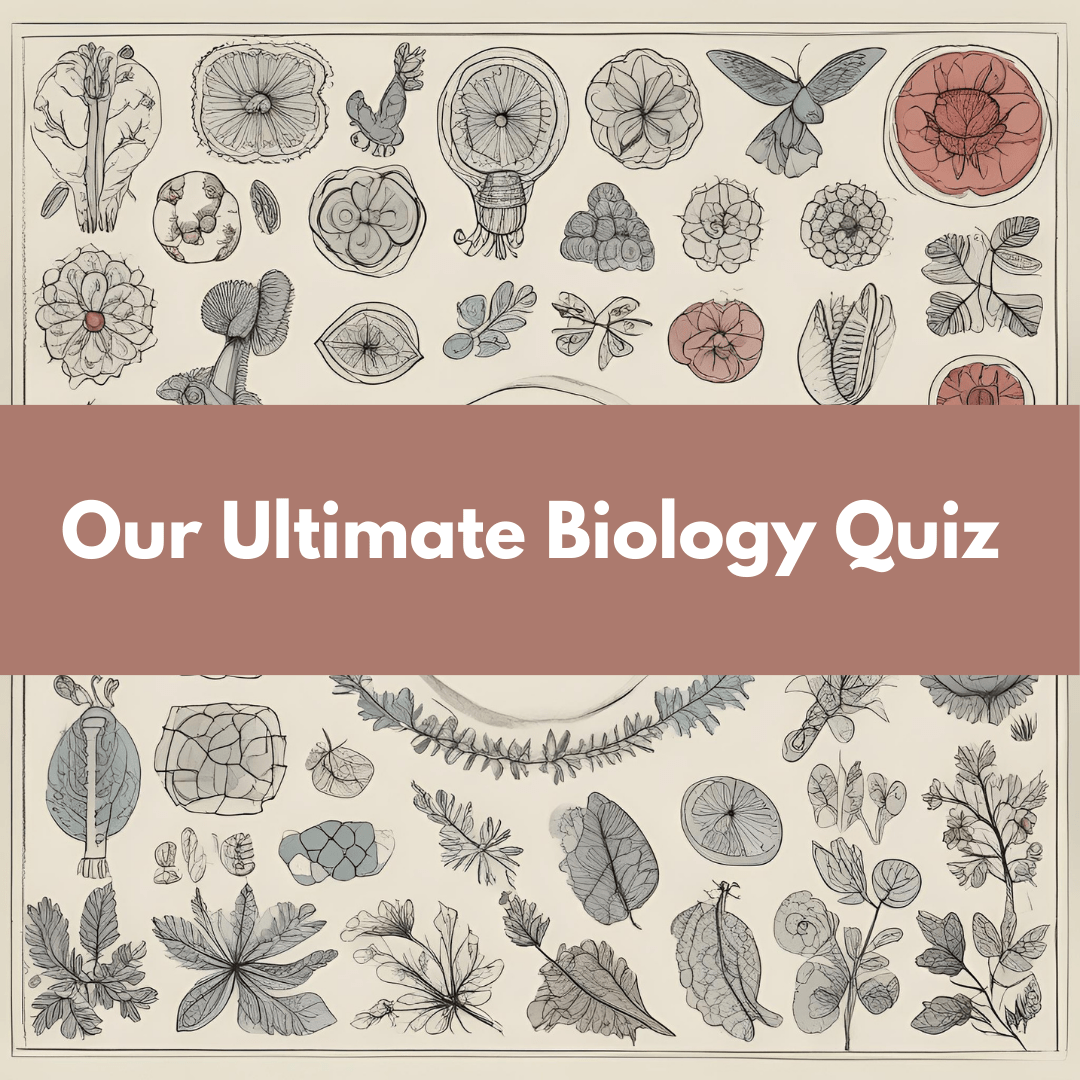Ecology: Population Growth MCQs (Part-II)
Pre-Reading
Biotic Factors: Populations
Biotic factors in a habitat include the interactions within a species and between different species. These interactions, shaped by evolutionary histories, influence population growth, food availability, competition, and many other dynamics.
Populations consist of individuals of the same species living in a specific area at the same time, each with unique attributes. Key attributes include potential population growth and environmental constraints on this growth.
Population Growth
Animal populations fluctuate due to birth, death, and dispersal. One way to understand a population is through survivorship curves, which show the likelihood of survival at different ages. The Y-axis of these graphs plots the number of survivors logarithmically, while the X-axis plots age linearly. There are three types of survivorship curves:

- Type I (convex): Most individuals survive to old age and then die rapidly. Environmental factors minimally affect mortality. Many human populations exhibit this pattern.
- Type II (diagonal): Individuals have a constant probability of dying at any age, with the environment playing a significant role in mortality. Birds and rodents often follow this curve.
- Type III (concave): High juvenile mortality is common, but those reaching adulthood experience lower mortality. Many fish and invertebrates display this pattern.
Population growth is exponential, increasing by a constant ratio per unit time rather than by a constant number of individuals. Factors such as offspring production, survival to reproductive age, reproductive period duration, and maturity time influence reproductive potential.
However, exponential growth is unsustainable due to limited resources like space, food, and water. Environmental resistance, including climate, food availability, and space constraints, limits population growth. The maximum population an environment can support is its carrying capacity, symbolized as K. When growth stabilizes around this capacity, it follows a logistic, or S-shaped, growth curve.
Population Regulation
Each species has unique survival requirements, but population density and competition affect populations predictably.
Population Density
Density-independent factors, such as weather, impact populations regardless of their density. For instance, a harsh winter can significantly reduce a lizard population beneath the forest floor litter, regardless of its initial size. Human activities like construction and deforestation can similarly affect populations.
Density-dependent factors become more severe with higher population density. Animals may use territorial behaviors, songs, and scent markings to signal others to find different spaces for reproduction. These behaviors intensify as population density increases. Other density-dependent factors include competition for resources, disease, predation, and parasitism. Conversely, very low population densities can also be harmful, leading to difficulties in finding mates or deterring predators. Near-extinction events can exacerbate these challenges.
Intraspecific Competition

Intraspecific competition occurs when members of the same species compete for the same resources. This competition can be intense since individuals of a species often have nearly identical resource needs. It may occur indirectly, such as when early birds get the worms before others arrive, or directly through territorial behavior and dominance displays.




Its like you read my mind! You appear to know so much about this, like you wrote the book in it or something. I think that you can do with a few pics to drive the message home a little bit, but other than that, this is fantastic blog. A great read. I’ll certainly be back.
Informative article on improving blog visibility.
Your passion for your subject is evident.
Its like you read my mind You appear to know so much about this like you wrote the book in it or something I think that you can do with a few pics to drive the message home a little bit but instead of that this is excellent blog A fantastic read Ill certainly be back.
Really helpful thanks for sharing